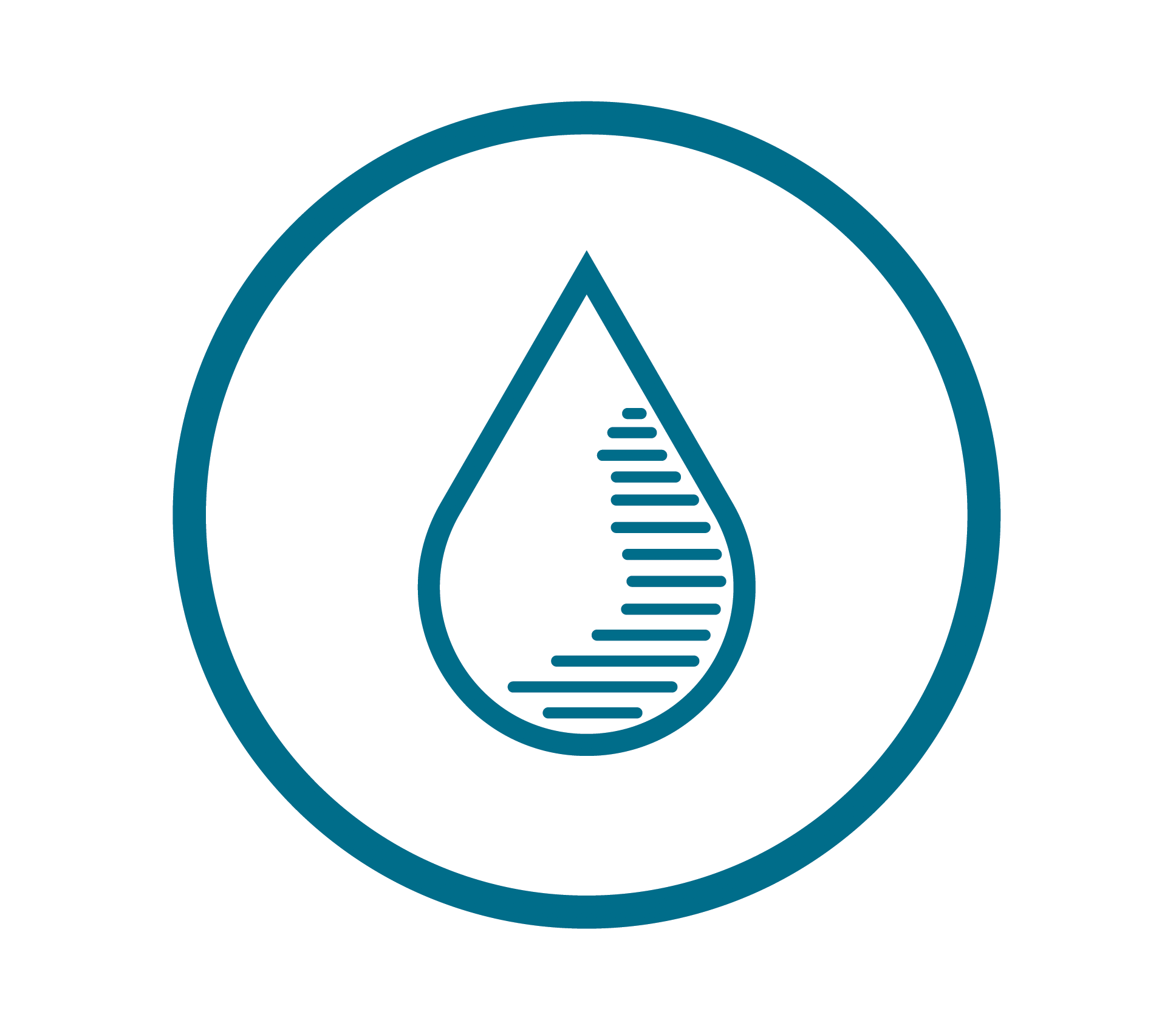 IF YOU CARE ABOUT...
IF YOU CARE ABOUT...
Water quality
Iowa’s lakes, rivers and streams are important sources for drinking, fishing and recreating. The quality of the state’s water has a direct impact on the economic stability and health of its communities. Poor water quality poses serious health risks and disproportionately impacts rural areas where the costs of cleaning and processing drinking water is shouldered by a smaller population. When beaches close due to excess bacteria and toxins, surrounding businesses lose opportunities to attract visitors and tourists.
Improving water quality in Iowa requires reducing sediment flow into rivers and streams, cleaning up impaired waterbodies and taking steps to protect our watersheds into the future. This includes funding for natural solutions to water quality, including wetland restoration, river buffers and floodplain management.
The Nutrient Reduction Strategy (NRS) – which aims to reduce nitrogen and phosphorus loads leaving the state by 45% by 2035 – is Iowa’s primary policy for sustainable agriculture and water quality. In 2018, the Iowa legislature passed Senate File 512, dedicating $282 million to implement the NRS. While the water quality bill provided a significant increase in funding, the NRS is estimated to cost up to $1 billion annually. Therefore, Iowa must continue to prioritize improving water quality and responsible land management.
- A watershed approach focuses on the relationship between land use and water so that such conservation practices can be strategically implemented on the landscape.
- It is estimated that more than 270,000 acres of cropland is located in the 2-year floodplain. Retiring these fragile lands and covering them with perennial vegetation will not only help make those fields more resilient, but will also help filter and slow water runoff from surrounding fields.
- Wetlands act as natural sponges, holding excess water and filtering out nutrients from the watershed, while also providing critical wildlife habitat. Over 90% of Iowa’s natural wetlands have been drained, but restoring these wetlands is a cost-effective way to improve water quality.
 INHF recommends that water quality policies emphasize the role for natural landscapes in a watershed approach.
INHF recommends that water quality policies emphasize the role for natural landscapes in a watershed approach.